
War exposes the best and worst humanity has to offer. Armed conflict has been a catalyst for some of the most egregious human behavior. It has also been the engine behind history’s most compelling examples of selflessness and valor.

The heroes that wars create are typically venerated by the societies they protect. We rightfully respect and admire those who were willing to risk everything for a cause or, more commonly, for their friends. Humans are tribal creatures. There is little we would not do for our tribes.
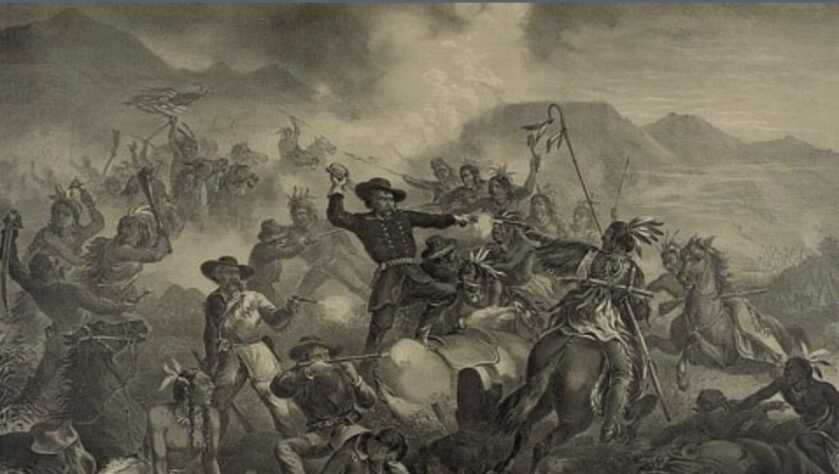
There is something visceral about the last stand. A small forlorn band bereft of support arrayed against insurmountable odds fighting to the last simply strikes a primal chord. Examples are well-documented. The Hot Gates at Thermopylae, Custer’s slaughter, and the Alamo stand out. These many tales of selfless bravery are profound and powerful. One lesser-known example is the siege of Bukit Kepong.
The Setting

Malaysia is a country in Southeast Asia with a current population of around 32 million people. That makes Malaysia the 43rd-most populous nation in the world at present. Today Malaysia is a federal constitutional monarchy consisting of thirteen states and three federal territories. Malaysia shares land and maritime borders with Thailand, Singapore, Vietnam, and Indonesia.

The Malayan Emergency was a rare example of a sweeping fight by a recognized international superpower against a dedicated guerrilla insurgency that ended fairly well for the superpower. In Vietnam once and Afghanistan twice the insurgents ground the superpowers down over time until they eventually took their toys and went home. In Malaya, the pro-independence Malayan National Liberation Army (MNLA) communists were arrayed against the military forces of the British Empire and the Commonwealth. The MNLA fought to eject the British and establish a communist regime in Malaya. Commonwealth troops fought to resist communist expansion and preserve British economic and colonial interests. The MNLA called the conflict the Anti-British National Liberation War.

Interestingly, the British referred to this sordid fight as the Malayan Emergency. They used this terminology because had they declared it a war British insurers would have failed to pay damages. Then as now, acts of civil war were not typically covered under insurance policies.
The Attack

Bukit Kepong is a small village on the Muar River some 59 km from the town of Johor. During the Emergency, MNLA guerrillas enjoyed a great deal of support among rural villagers who long felt themselves to be oppressed by the colonials. To combat the insurgency the government established a series of police stations in these small communities. The police station in Bukit Kepong was a wooden frame structure housing both the local constabulary and their families. On February 23, 1950, there were 25 police officers present.

A group of between 180 and 200 insurgent fighters under the leadership of one Muhammad Indera staged around the quiet station in the predawn darkness. Indera was also widely known as Ahmad as well as Mat Indera. The local police commander was SGT Jamil Mohd. Many of the officers’ wives and children were also present in and around the facility.
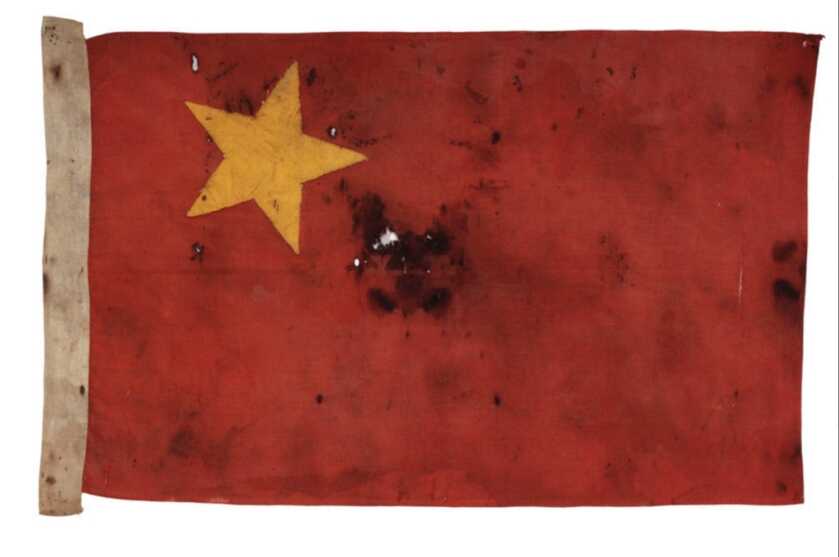
The communist attack was ferocious and sudden. Several police officers fell in the early exchanges, but SGT Mohd quickly got organized. Outnumbered 8 to 1 and taken by surprise, the policemen fought back valiantly.

After the initial exchanges the police force was heavily blooded. Muhammad Indera called for a brief ceasefire and demanded the police officers surrender. Mohd categorically refused. In fact, two of the newly-minted widows took up their dead husbands’ arms and continued the fight.
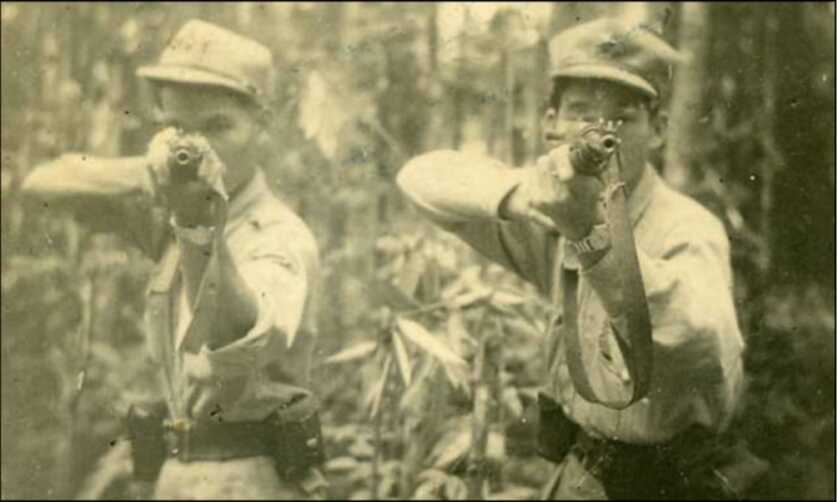
Time was not on the side of the attackers. With each passing hour, the possibility of an official government relief force grew more troublesome. Now desperate to crush the official resistance, Indera grew more ruthless.
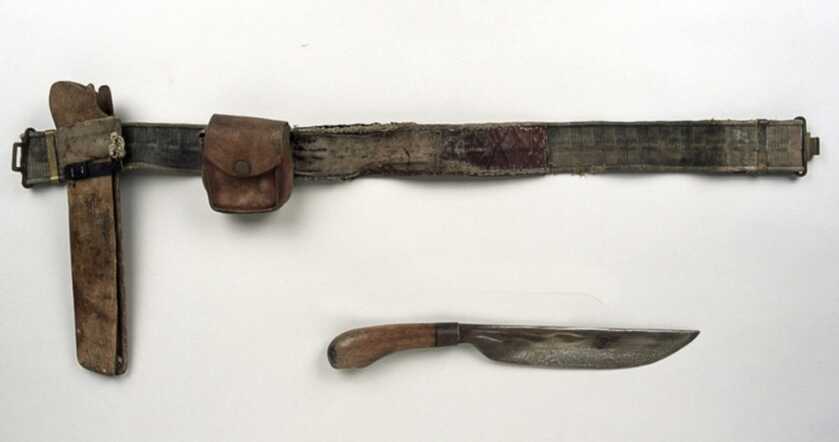
The communist forces captured the wife of one of the defenders and threatened her at gunpoint to force a surrender. The surviving policemen responded that they would never surrender no matter the circumstances. Indera then captured Fatimah Yaaba, another policeman’s wife, along with her young daughter. When the defenders still remained resolute the communists executed both the woman and the child.
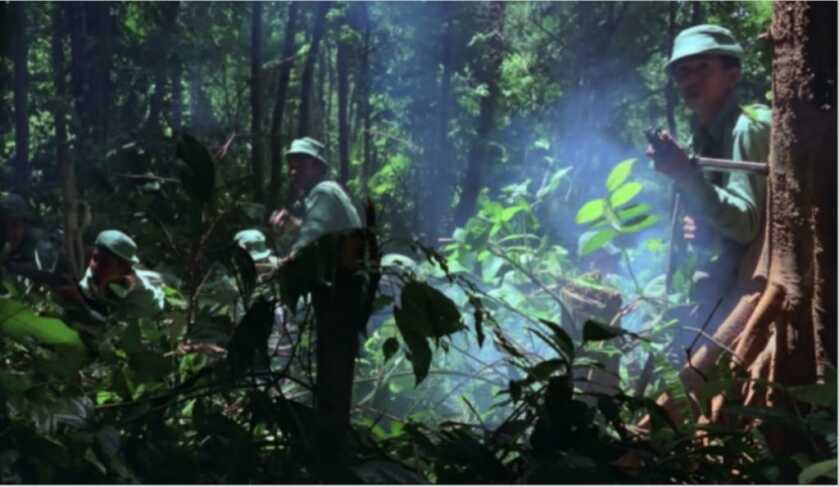
After an exchange of fire that had by now gone on for several hours only three policemen and a village guard remained alive. By this point, the insurgents had gotten close enough to set the wooden structure alight. The police station and adjoining barracks were soon fully involved. Two women and their children died in the blaze.
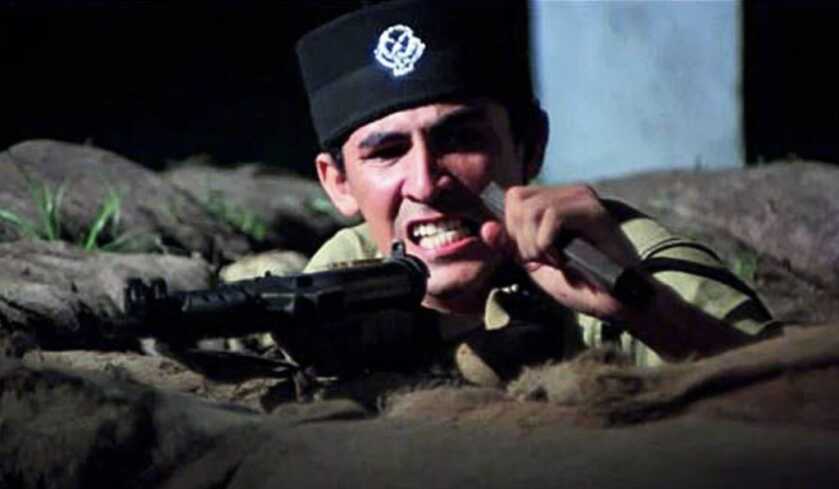
Unable to withstand the searing heat any longer, the four surviving policemen charged out of the burning structure, guns a’blazing. They assaulted through the communist positions, killing three insurgents in the process. Now five hours after the initial shots were fired Muhammad Indera and his band of terrorists melted back into the jungle.
The Guns
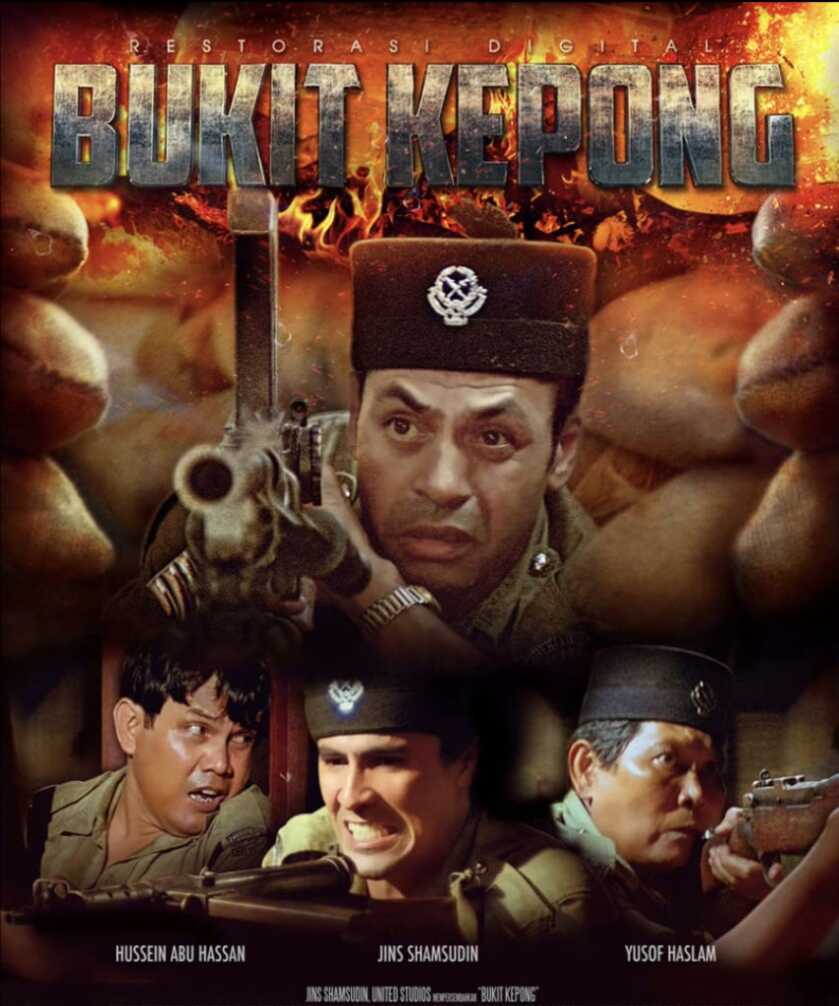
It was tough to determine precisely which weapons were used in this fight. Period photographs showed an eclectic mixture of World War 2-era Allied weapons in use by both sides. An alternative, obviously less reliable, source was a 1982 movie produced about the incident titled, appropriately enough, Bukit Kepong.
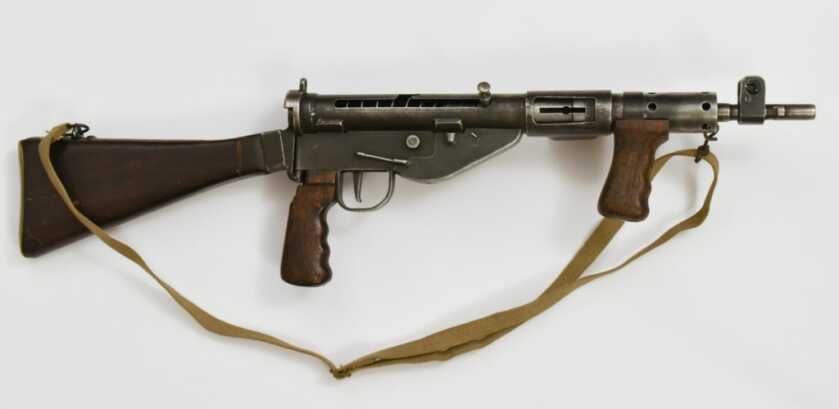
Surviving photographs of the police officers showed them armed with American M1 carbines as well as Mk V Sten submachine guns and British Lee-Enfield rifles. The Lee-Enfields were both Mk I and Mk IV versions. The movie also included Bren Mk I light machineguns and M1A1 paratrooper carbines.

Per the movie, the policemen all carried Enfield No 2 Mk I revolvers. The communist leader Muhammad Indera is armed with an American M1911 pistol. The final assault involves the use of British-issue Mills bomb hand grenades as well. While the attention to detail in the film appears to be laudable, I have no way to know if the specifics of the weapons were truly spot on or not.

The combined combatant nations produced enough small arms ammunition during WW2 to shoot every man, woman, and child on the planet forty times. In the years following the end of the war, much of the world was covered in a thin patina of surplus small arms. These weapons found their way into countless brushfire war zones like that of the Malay Emergency. Particularly in places like Malaysia where the world’s superpowers were involved, literally countless WW2 surplus rifles, pistols, SMGs, handguns, and machineguns were pumped into the fight.
The Aftermath

The noise of the firefight carried for kilometers across the dank jungle valleys, alerting nearby police outposts of the attack. A neighboring village chief named Ali Mustafa led thirteen lightly-armed auxiliary policemen from Kampung Tui to investigate. These auxiliaries were little more than poorly-trained villagers with sporting arms like single barrel shotguns. Mustafa’s modest force was ambushed about 500 meters from the flaming police station by communist guerillas.
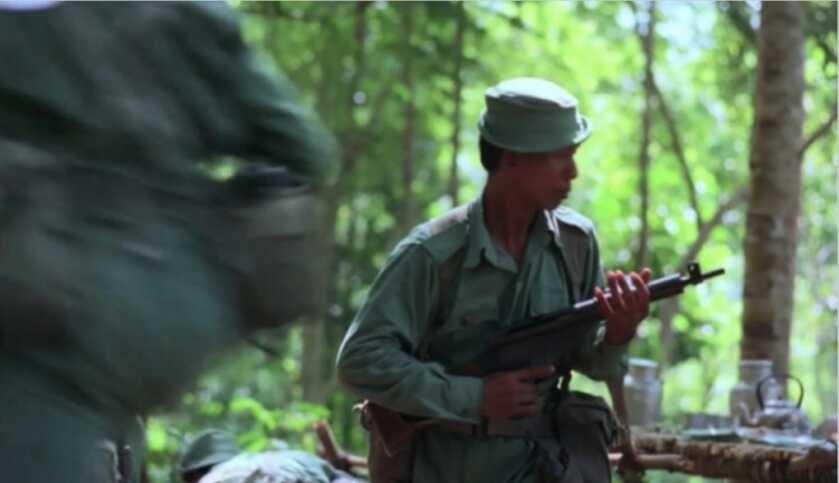
Two of the auxiliaries were killed, and Mustafa ordered several of his troops to retreat while the remainder held the line against the communists now threatened from two directions. While they were prevented from relieving the besieged defenders of Bukit Kepong, their presence did help hasten the communists’ retreat.

A second relief force arrived via sampan from nearby Kampung Durian Chondong soon after the communist retreat. They moved to render aid to the survivors and secure the area. Their arrival at around 10 am–nearly six hours after the initial shots were fired–signaled the end of the exchange.

Only four policemen out of the original twenty-five survived the battle. All four were wounded. Nine family members ultimately survived the blaze. Some forty of the attacking communists died during the firefight.

In the aftermath of the guerrilla attack, the British authorities placed a bounty of M$75,000 on his head, a substantial amount for the day. On the evening of October 14, 1952, roughly two and one-half years after the attack, Indera was invited to a meeting of several acquaintances in Kampung Seri Medan. While there he was served tempeh, a traditional Javanese food made from fermented soybeans, and coffee laced with datura. Datura is a genus of poisonous plant in the nightshade family. The psychoactive substance in datura can cause respiratory depression, cardiac arrhythmias, delirium, hallucinations, and even death in sufficient doses. Once unconscious, Indera was given over to the British authorities.
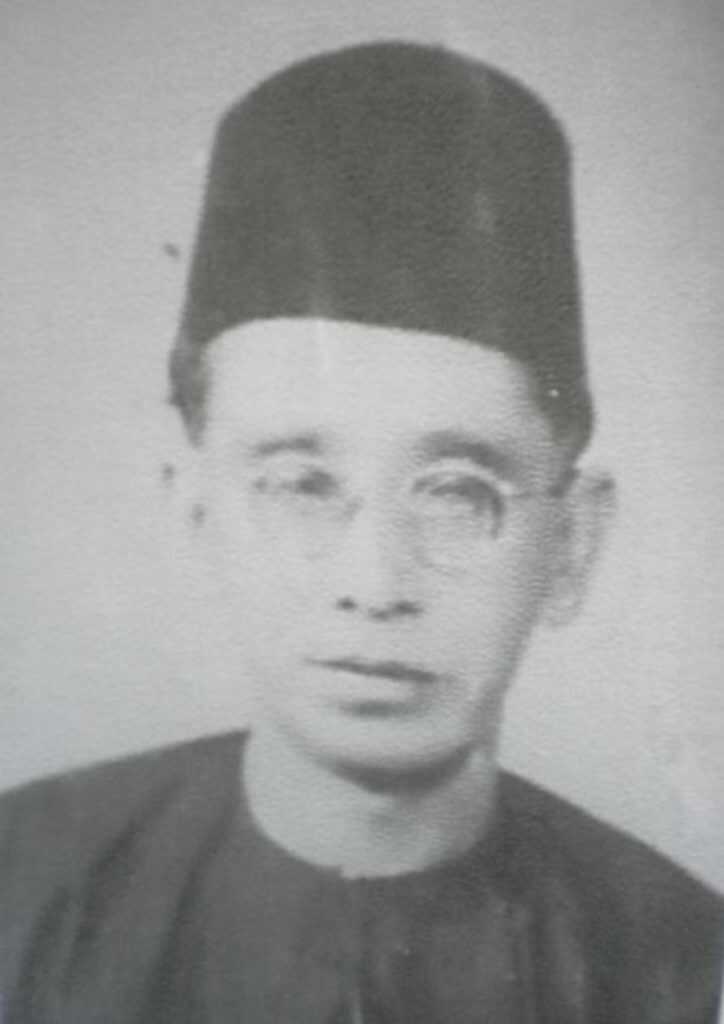
Indera was charged with coordinating the Bukit Kepong assault and convicted. The following January he was hanged at the Taiping Prison. In August of 2011, a controversial Malaysian politician named Mohamad Sabu controversially claimed during a speech in Gelugor, Pelang, that Indera had been a hero for fighting with the communists to throw off British rule.

Sabu’s speech ignited a firestorm of controversy and was rightfully interpreted as an attack on the legacy of the heroic policemen who had died in the assault. The following month unknown assailants splashed Sabu’s home with kerosene and set it alight. In September of 2011, Mohamad Sabu was formally charged with aggravating the image of the police and their families pursuant to Section 500 of the Malaysian penal code. He was released on bail pending legal proceedings. If convicted he was eligible for up to two years imprisonment for his inflammatory statements. I was unable to ascertain the outcome of his trial. By contrast, over on this side of the pond you can be an ill-informed jerk and get your own talk show. Free speech is an amazing engine indeed. It’s a weird old world.


Elmer here is a Vet like many that post here. Elmer is no hero, but whether one is facing neighborhood thugs or Malayan Commies, it can get personal.
Elmer here does not like Hollywood, but……When I was younger, I remembered Outlaw Josey Wales mad-dog mean scene. It actually stuck with me in a couple of tight spots when I was deployed.
I always look forward to your column Will. I admire the passion and research you put into your craft. I know next to nothing about Malaysia and I look forward to checking out the movie. I do want to comment on some of the things you said that are ancillary to the core story. First, I think there is a lot more about George Armstrong Custer than you allude to. I recently read Life on The Plains, an autobiography of his and it was very eye opening. The notion of his large ego is clear in the book but he also takes a lot of the media spin out of the Indian wars by describing how most of his energy went into trying to make peace and how the Indian agents were committed to making money on government contracts. Not much has changed in the last 150 years in that regard. It’s a good read and I recommend it. Next, it is true we’re got worn down and run out of Viet Nam BUT, the military was not allowed to prosecute that action as they needed to to win it. Finally, about Afghanistan, we were in a pretty good spot there finally until sleepy Joe took over, need I say more?
Dear Dr Dabbs:
If you haven’t done this yet considered a story on Billy Dixon of the 1870’s. He was involved in two “last stands”. One at Adobe Walls in TX and another somewhere on the plains Buffalo allow Fight. His Sharps helped save the day in both incidents. First was a historically controversial shot of 1500 yds. Buffalo Wallow fight involved several Medal of Honor awards.
Truely, a story of barbarity and heroism. This is the first time I’ve heard of this incidence and thank you for the great effort undertaken to share it with us. I’d like to think though, that those women & children who likewise took up the cause of their husbands & dads, were alike remembered and honored for their sacrifices. As you’ve rightly pointed out, there is a mindset that once focused upon, the duty to oppose & halt a perceived evil, will be done so — regardless the cost. Lastly, God knows and has seen every time this scenario has played out many ways in every age. But though lost due to the sands of time, even so, they are remembered by Him.
Amen.
I suppose it’s really a fight between the native people and the colonial government. Communists like to support the native people. Unfortunately, superpowers like the British and even the American government tended to support the dictators instead of the people when combatting communism. Its the YS’s black eye and one that has come back to haunt us many times.